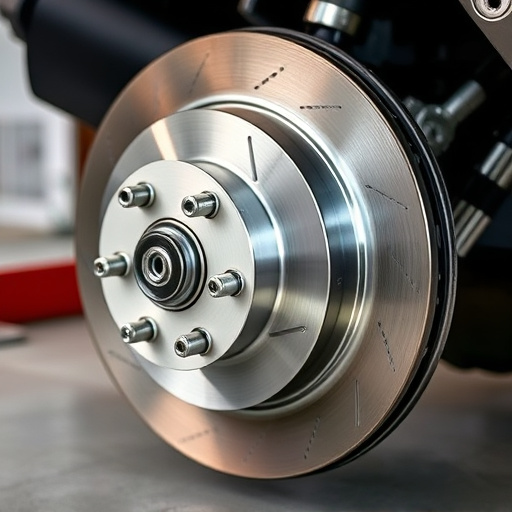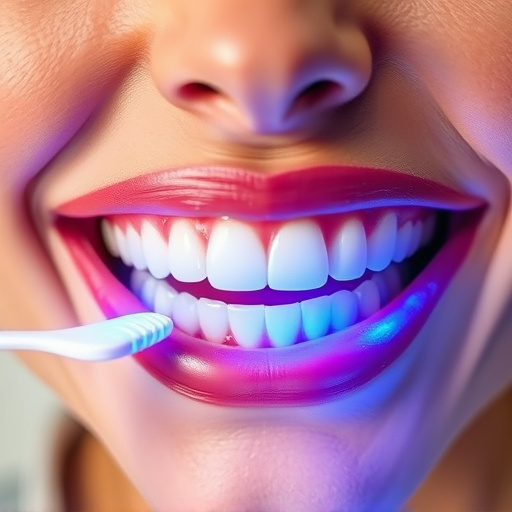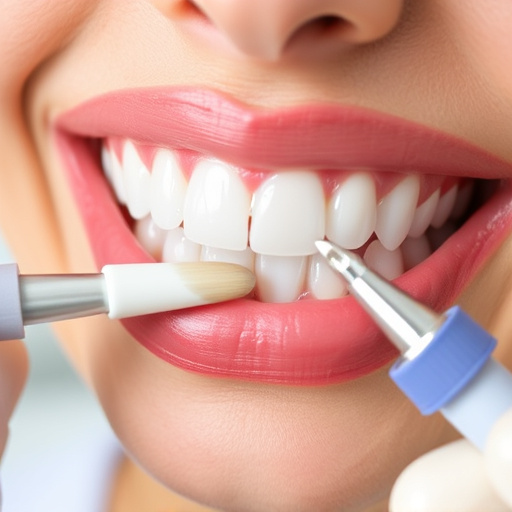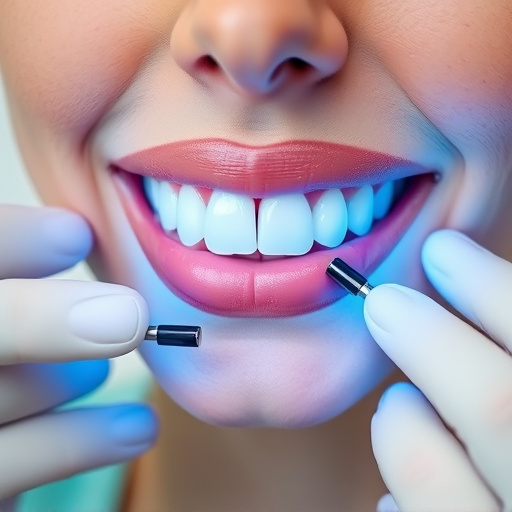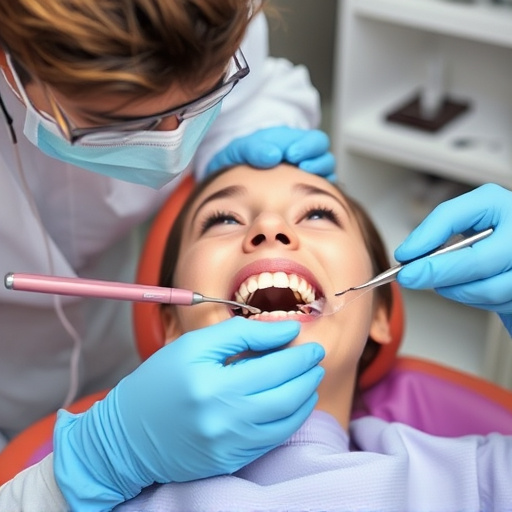Nitrous oxide sedation, or "laughing gas," safely manages pain and anxiety during dental procedures for all ages, offering a mild euphoria while preserving consciousness. Administered through a nasal mask, it combines N2O and oxygen to reduce anxiety, dull pain, and enhance patient comfort without excessive drowsiness. Ideal in general dentistry, it requires strict protocols and monitoring for minimal side effects like lightheadedness.
“Unveiling the safe practices of nitrous oxide sedation in dental procedures, this comprehensive guide explores its unique role alongside local anesthesia. Learn how this gentle, inhaled sedative enhances patient comfort without compromising safety. From understanding the basics to delving into crucial safety measures and weighing benefits against potential risks, this article equips readers with essential knowledge about nitrous oxide sedation techniques.”
- Understanding Nitrous Oxide Sedation Basics
- Combining With Local Anesthesia: Safety Measures
- Benefits and Potential Risks: What to Know
Understanding Nitrous Oxide Sedation Basics
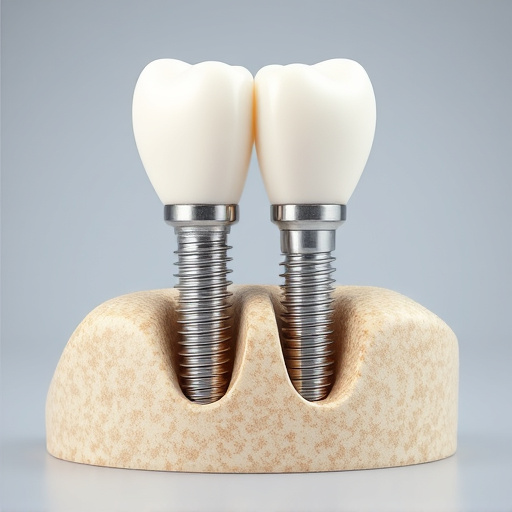
Nitrous oxide sedation, also known as laughter gas, is a gentle and safe method used to manage pain during dental procedures. It’s a mixture of nitrous oxide (N2O) and oxygen, delivered through a face mask. The N2O is inhaled, reaching the brain where it stimulates feelings of relaxation and euphoria while temporarily decreasing sensitivity to pain. This makes it especially useful for procedures like wisdom tooth removal or restorative dentistry, even in children’s dentistry, as it can help reduce anxiety and improve patient comfort without causing significant drowsiness.
The process starts with a calculated mix of gases, typically administered through a nasal mask. Patients may experience a tingling sensation initially, followed by a state of relaxation. It’s important to note that while conscious and awake during the procedure, patients might feel less anxious and report lower levels of perceived pain. This form of sedation is easily controllable, allowing dentists to adjust the level of sedation based on the patient’s needs throughout the treatment.
Combining With Local Anesthesia: Safety Measures
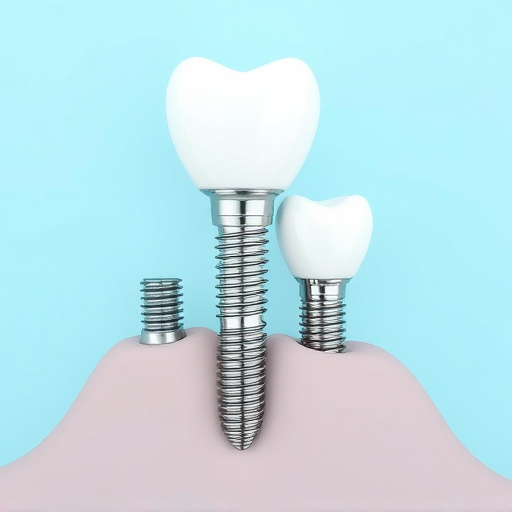
Combining nitrous oxide sedation with local anesthesia offers a powerful approach to managing dental procedures, providing both comfort and pain relief for patients. This synergistic effect is particularly beneficial in general dentistry and family dentistry practices, where addressing various oral health concerns efficiently is paramount. However, ensuring safety during this combination therapy requires meticulous attention.
Dental professionals must adhere to strict protocols when administering nitrous oxide sedation alongside local anesthesia. The key lies in balancing the sedative properties of nitrous oxide with the localized numbing effect of anesthetic agents. Precise dosing and careful monitoring of patient responses are essential. Preventive dentistry practices can further enhance safety by educating patients on expectations, potential side effects, and the importance of following post-procedure guidelines to ensure a smooth and secure experience.
Benefits and Potential Risks: What to Know
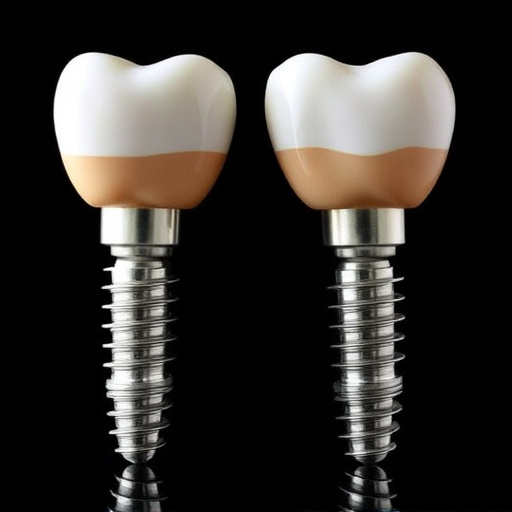
Nitrous oxide sedation, also known as laughing gas, offers several benefits when used alongside local anesthesia for dental procedures. It provides a gentle and effective way to manage anxiety and pain during treatments like tooth repairs or extractions, making it suitable for patients of all ages, including children who may be particularly nervous. The mild euphoric effect can help ease tension, while still allowing clear communication with the dentist, ensuring an efficient and comfortable experience.
However, as with any sedation method, nitrous oxide sedation is not without potential risks. Some individuals might experience lightheadedness or nausea upon entering or exiting the sedated state. Rare cases may lead to respiratory depression if not administered properly. It’s crucial for patients to disclose their medical history, including any lung conditions, as these can impact the safe use of nitrous oxide. Proper monitoring by qualified dental staff is essential to ensure a positive and safe experience with minimal side effects.
Nitrous oxide sedation, when combined with local anesthesia, offers a safe and effective approach to managing dental procedures for many patients. By understanding the basics, implementing proper safety measures, and being aware of potential risks and benefits, dental professionals can ensure a positive experience for their patients. Nitrous oxide sedation continues to be a valuable tool in modern dentistry, providing comfort and accessibility during various treatments.




